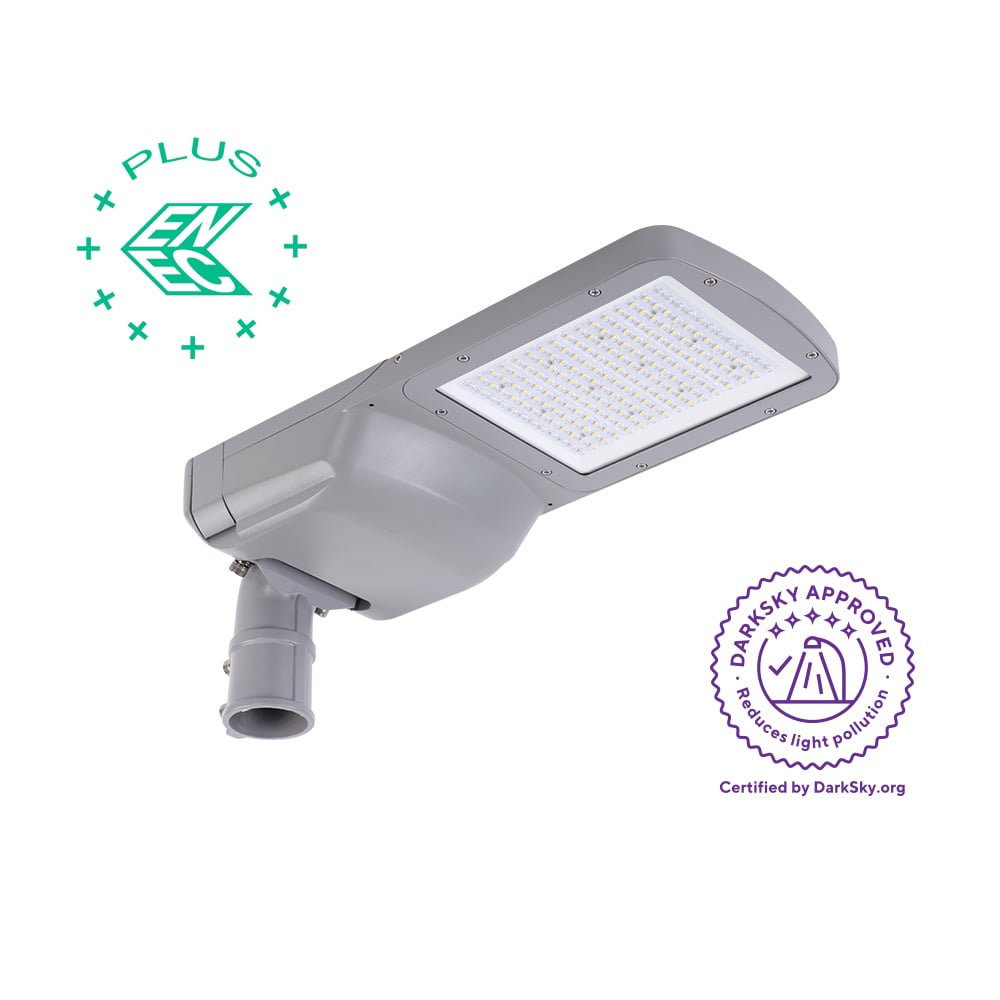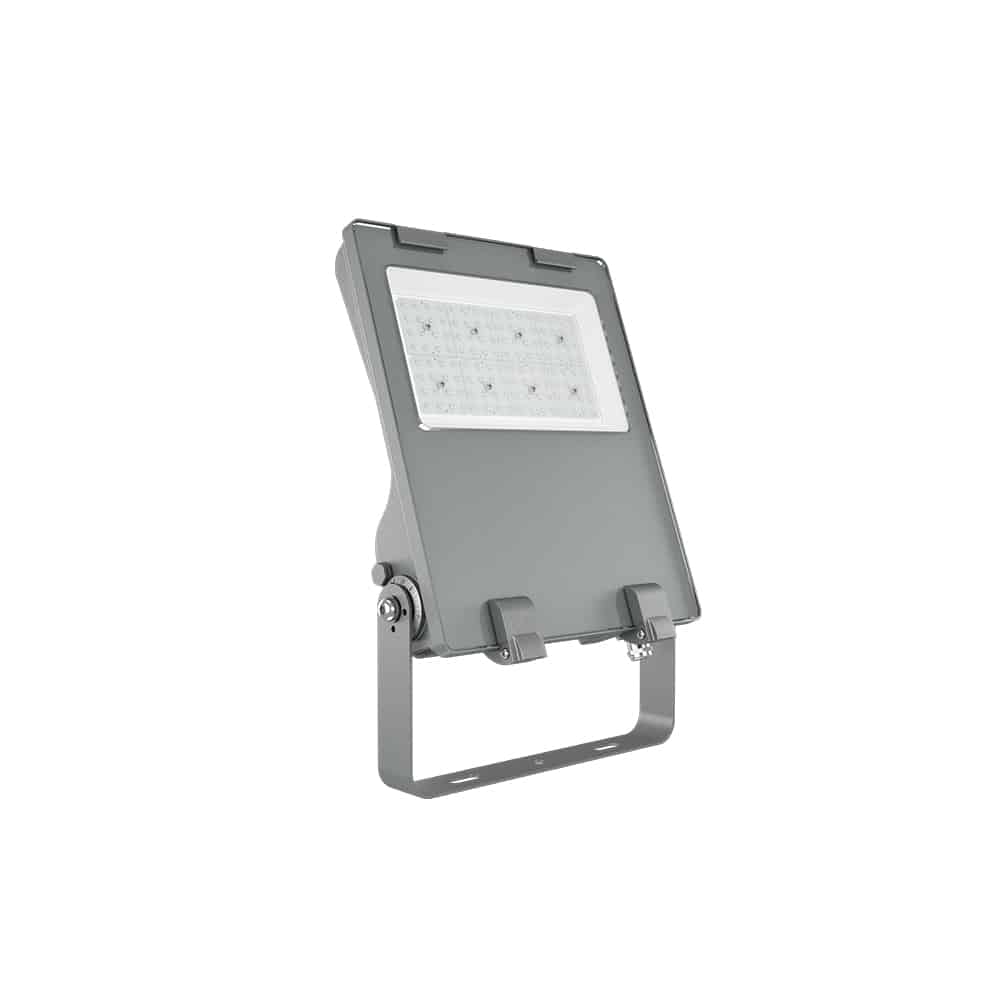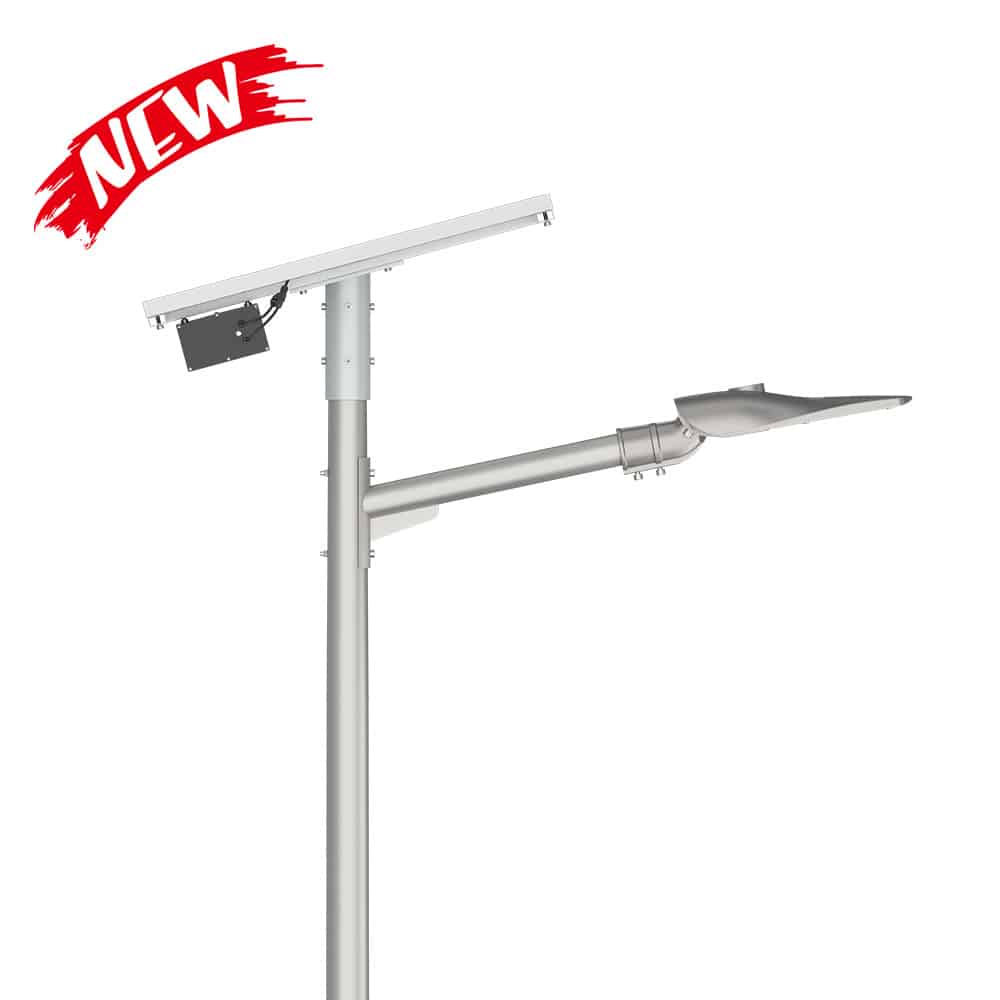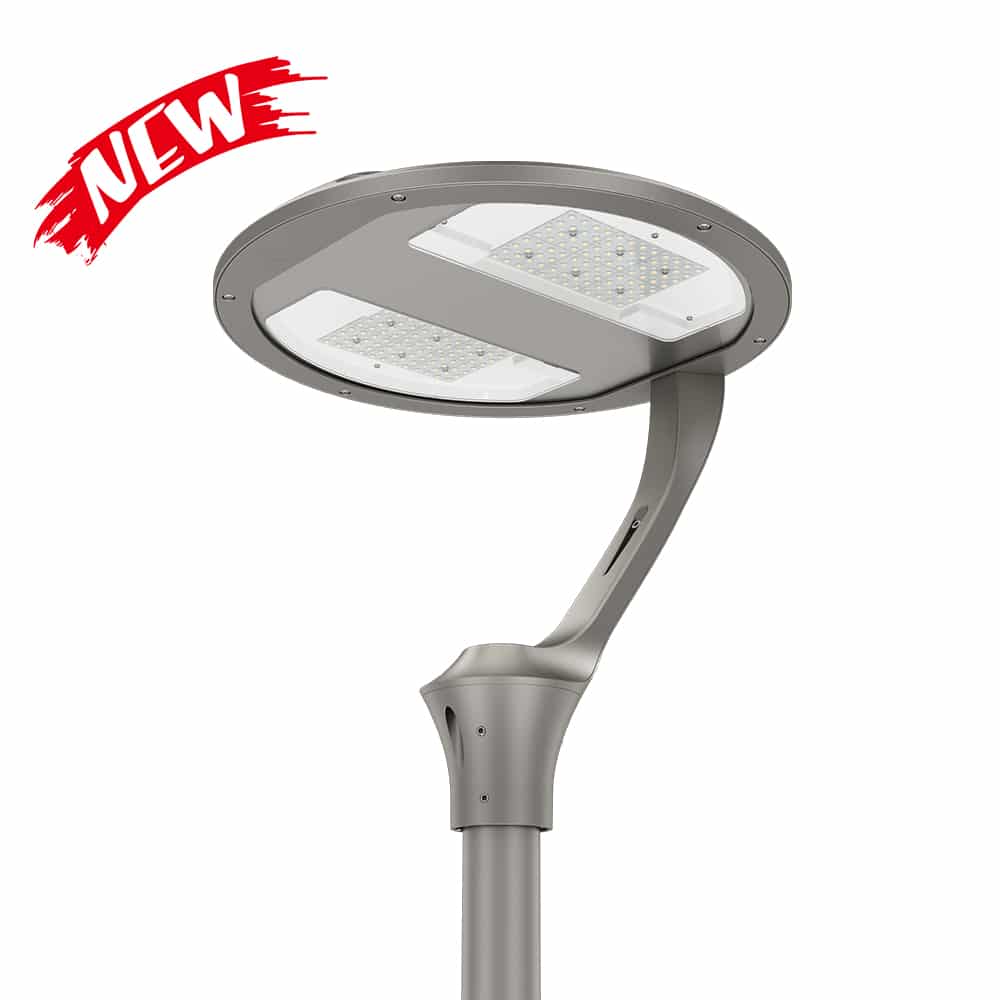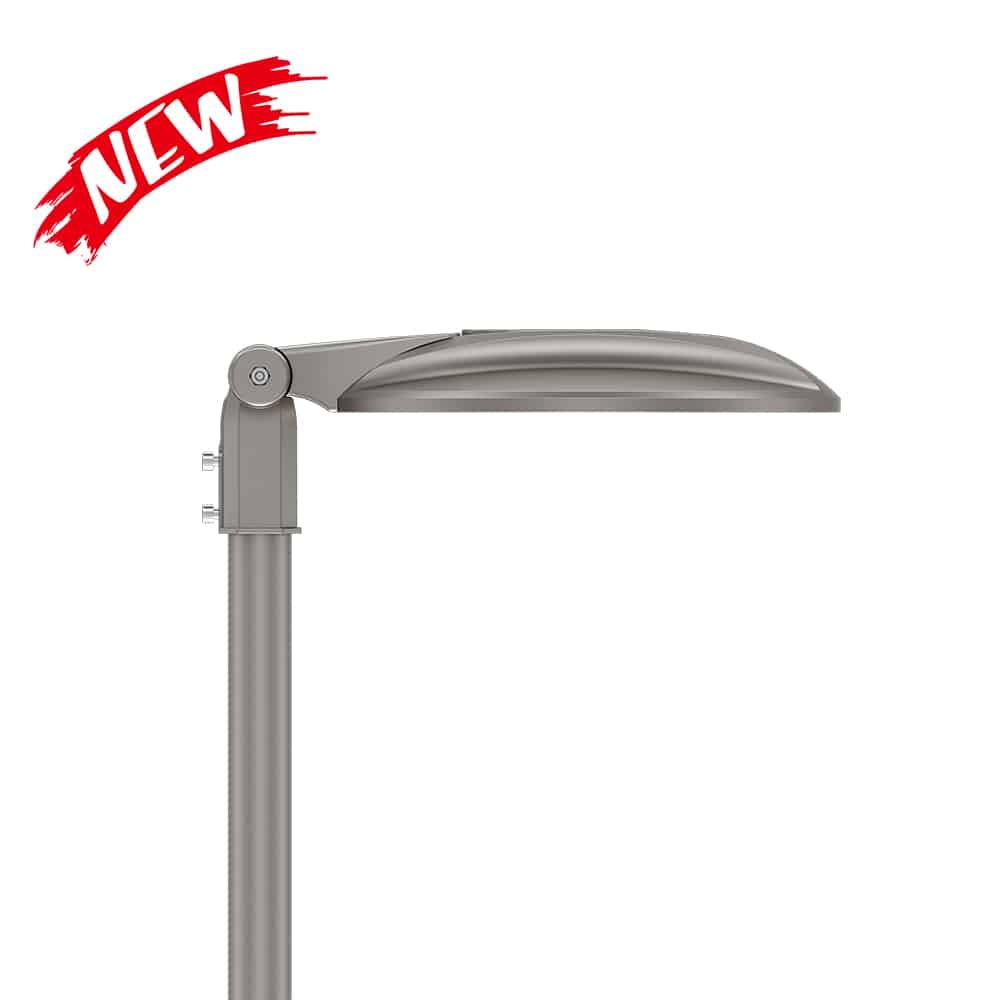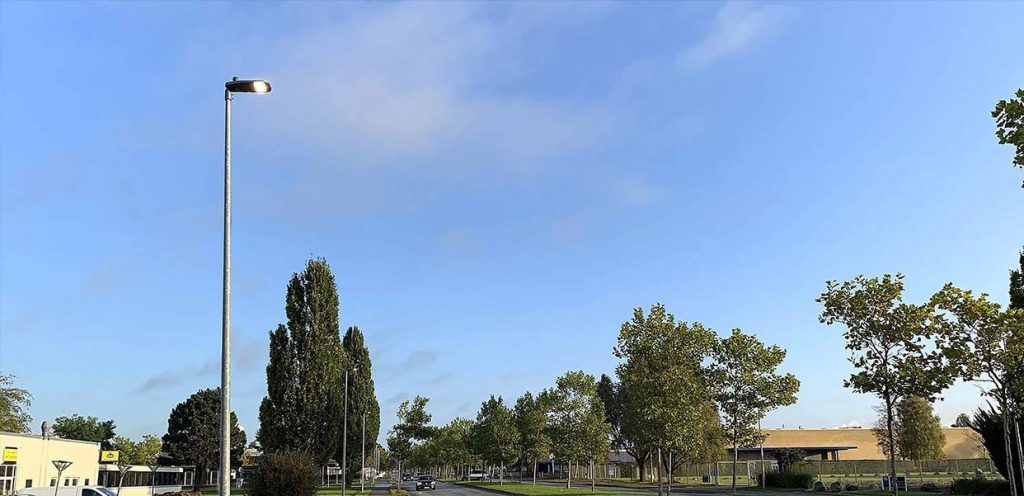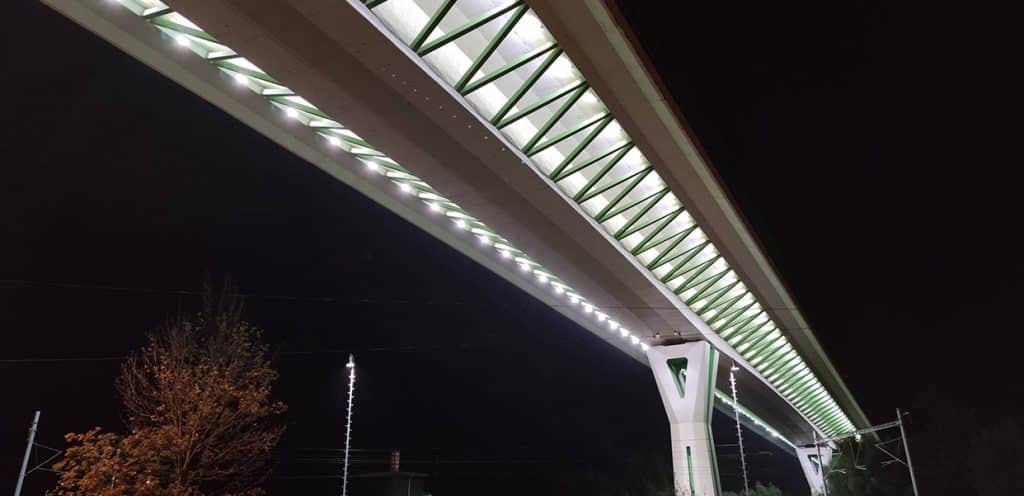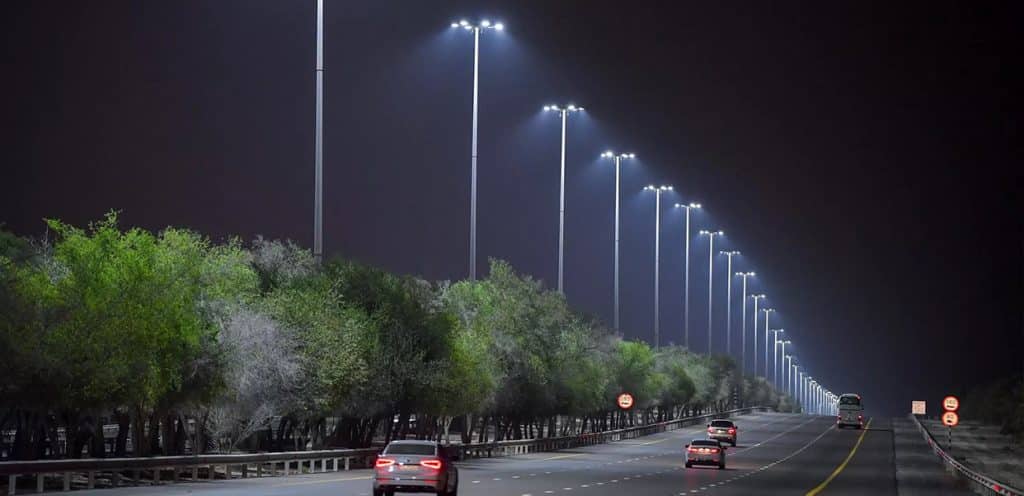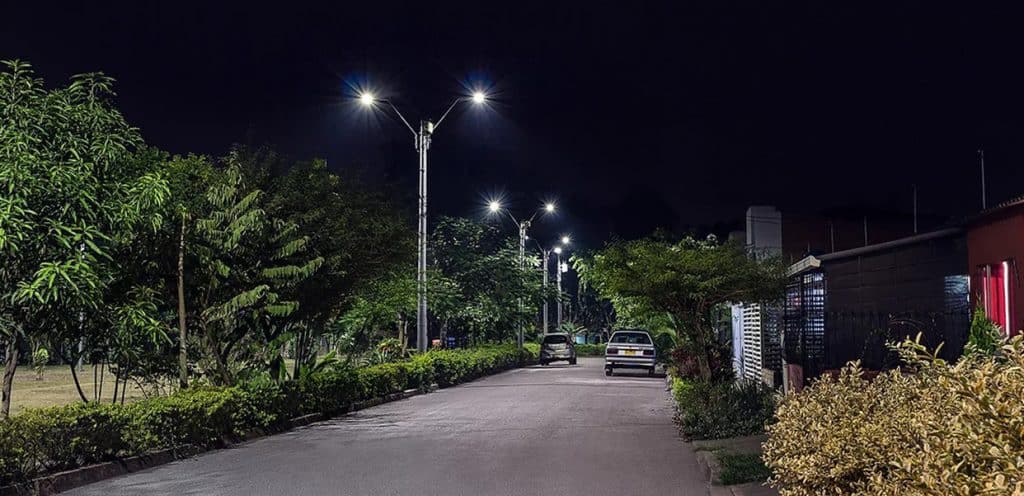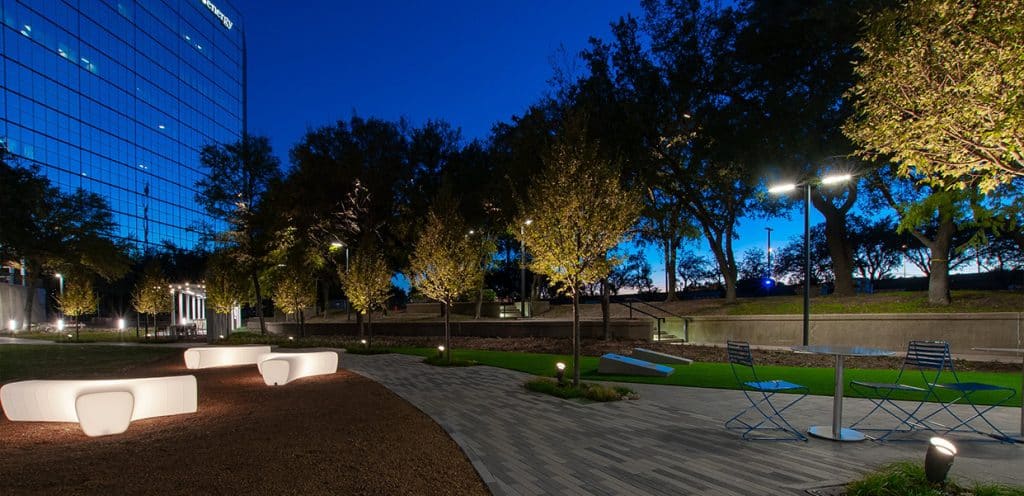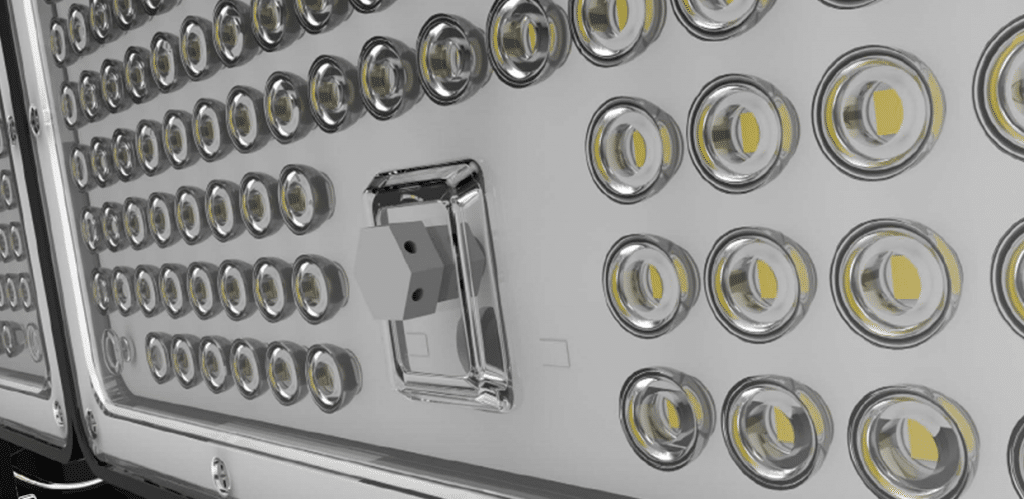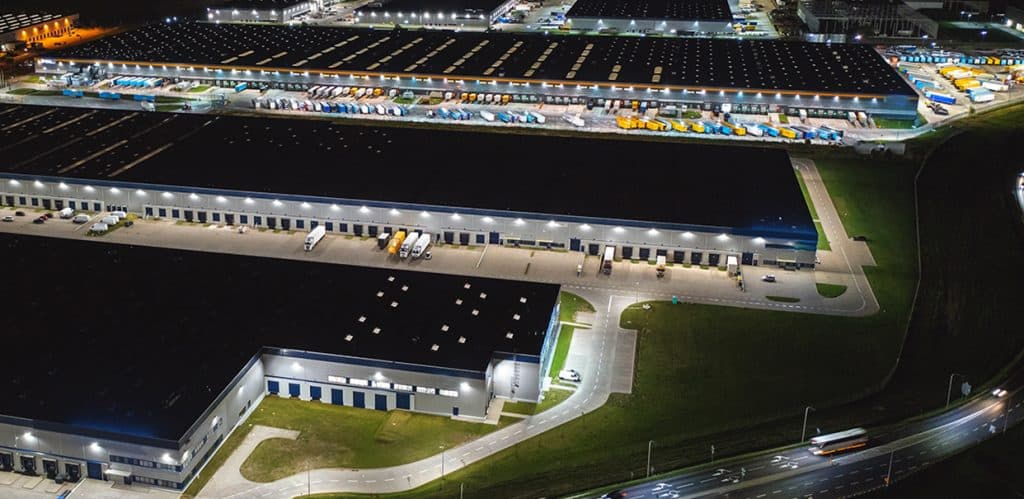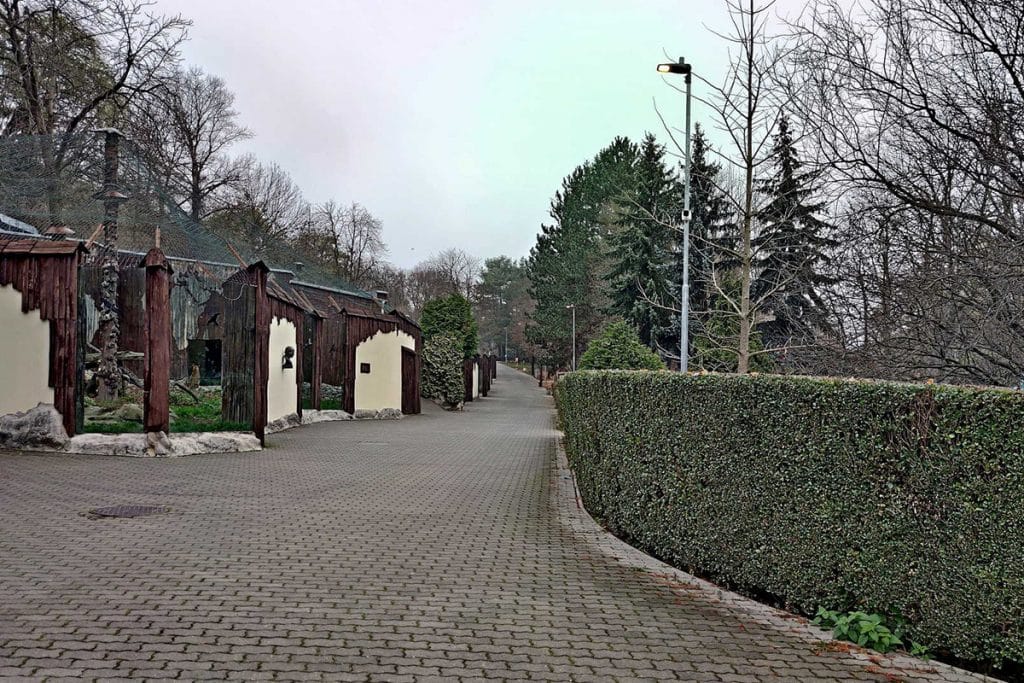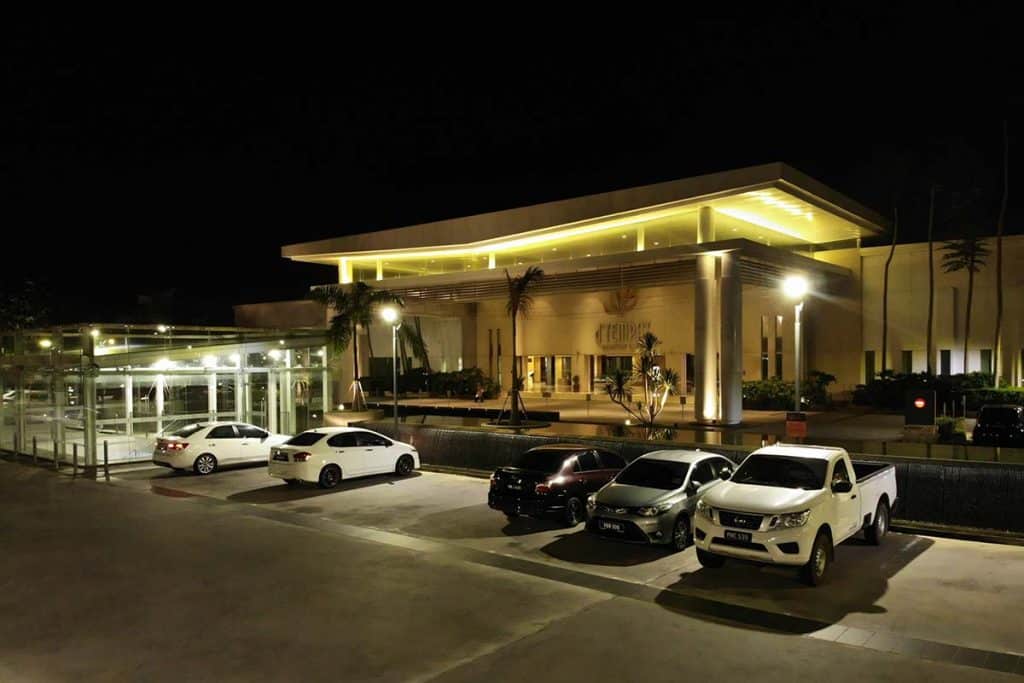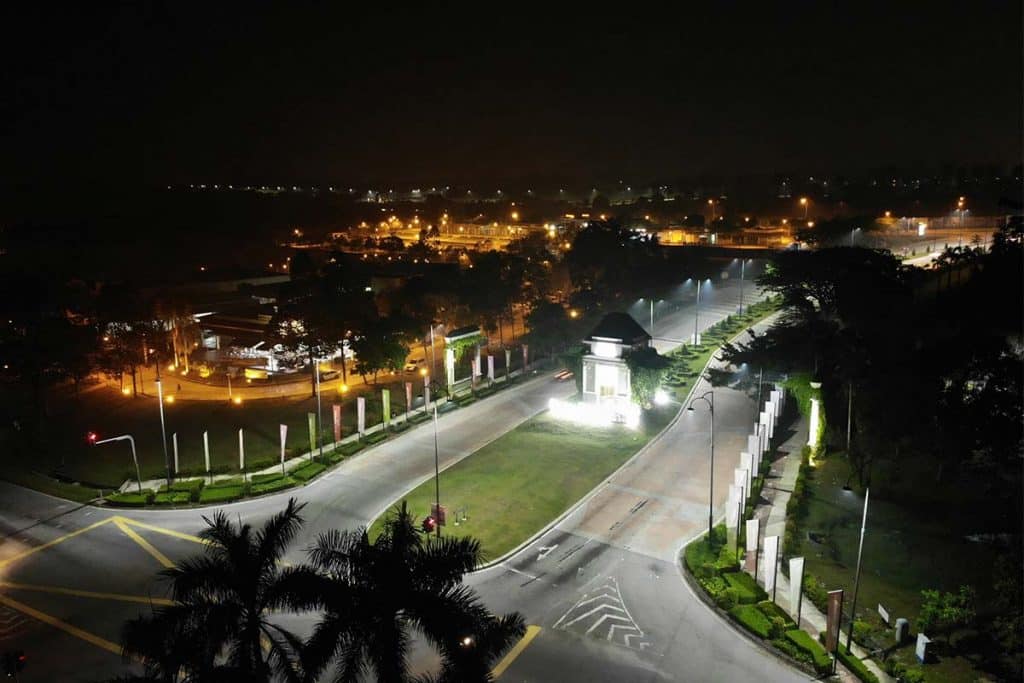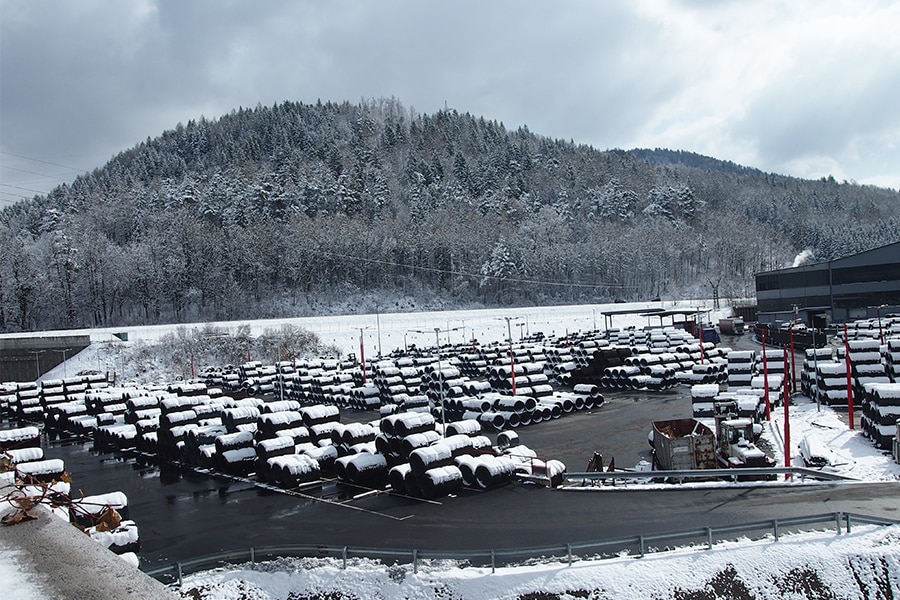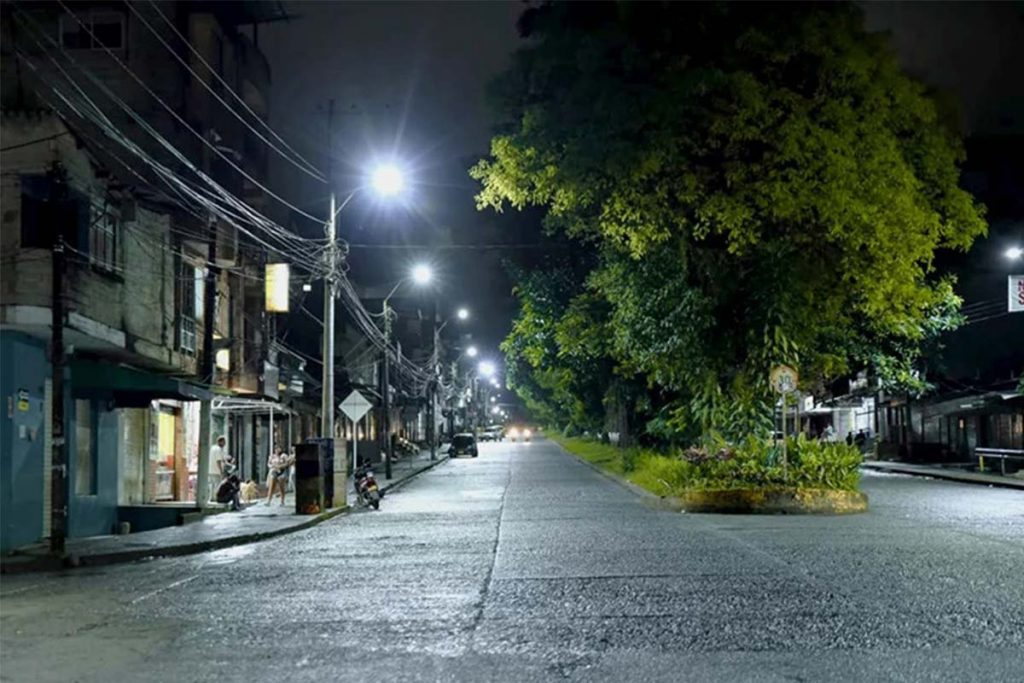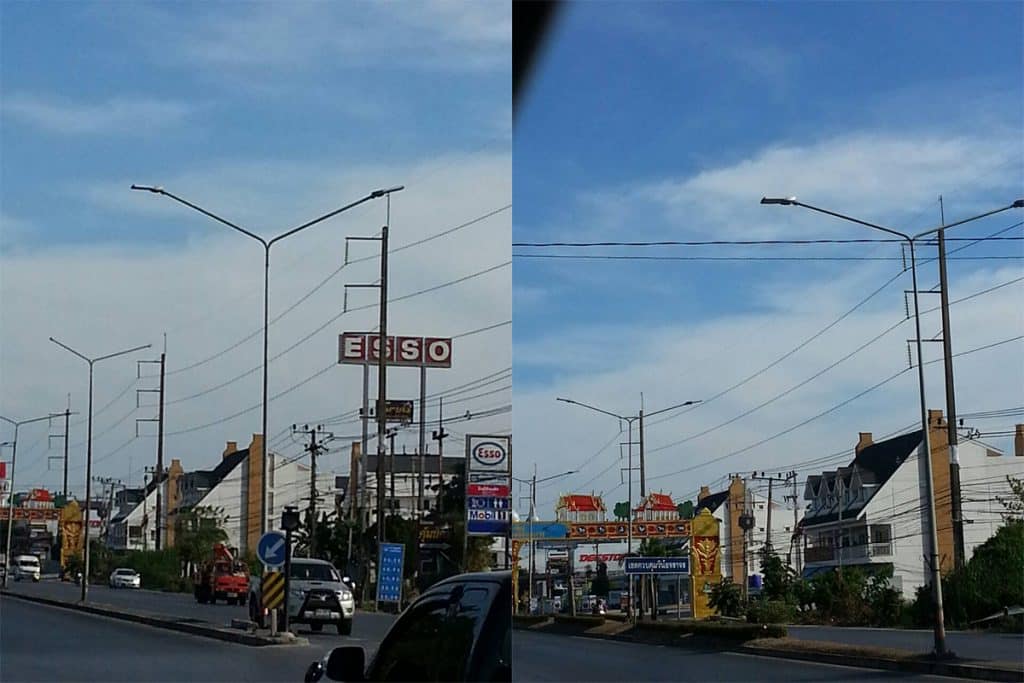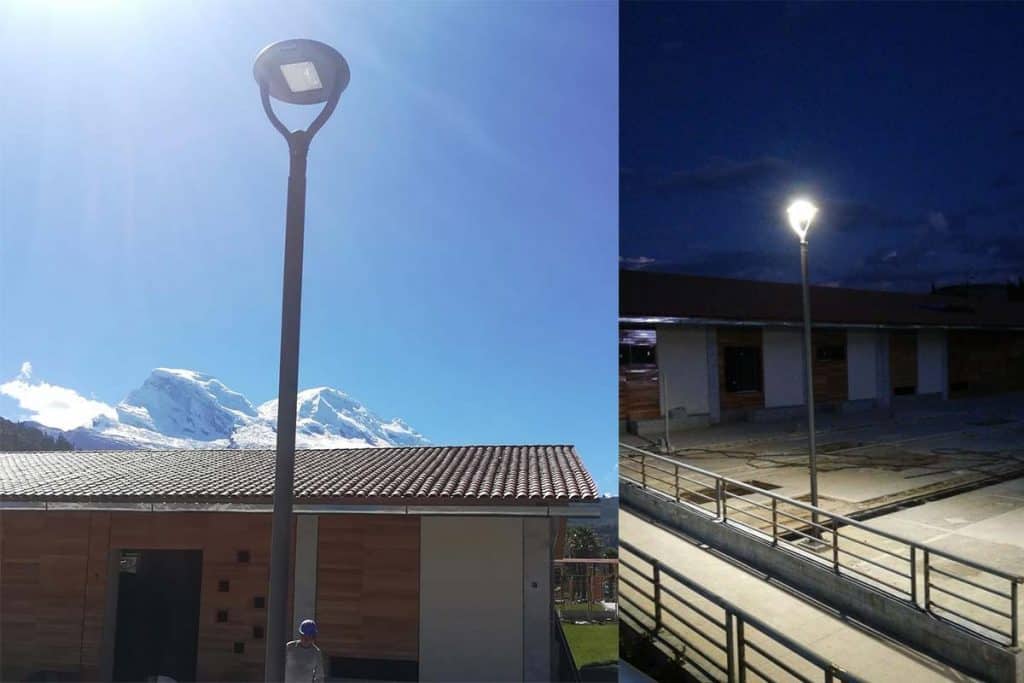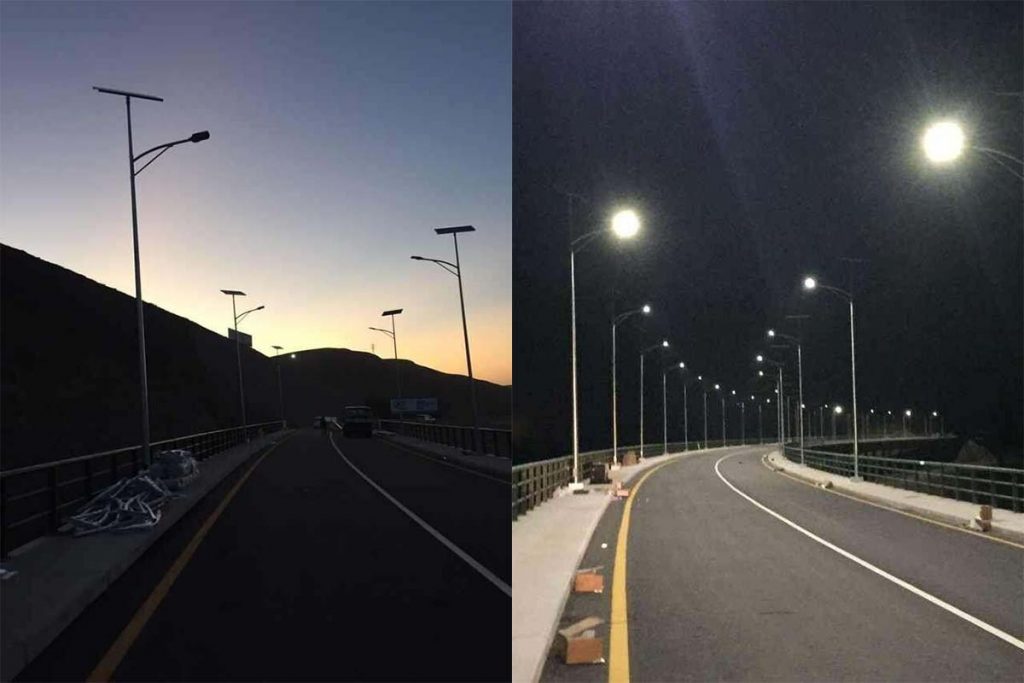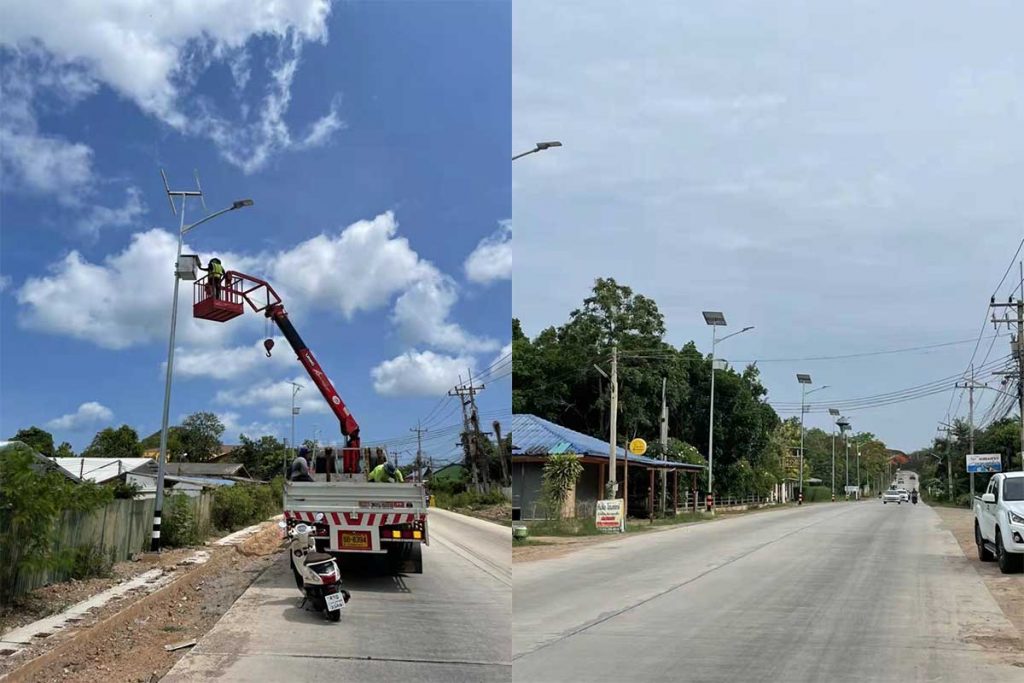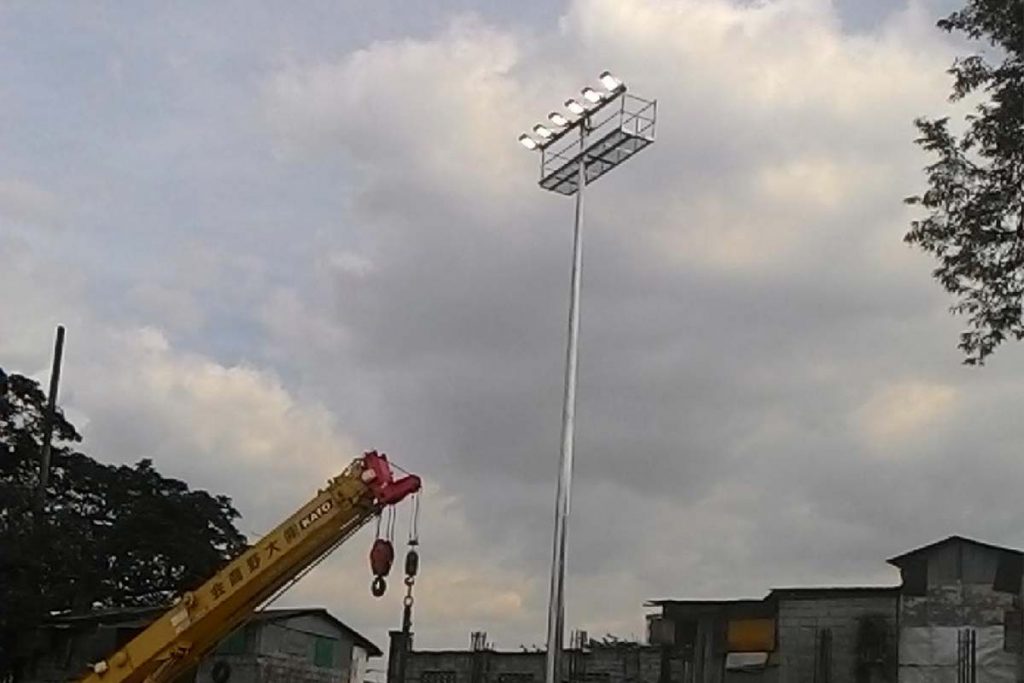Maintenance factor in illumination/lighting
Maintenance factor in illumination/lighting
Introduction
Maintenance Factors (MF) are applied to lighting design to account for the reduction in output of luminaires used in any lighting fixture and to ensure that the correct light levels are provided at “end of life”. The MF calculation takes into account the depreciation of the luminaire and the impact of the environment on the installation, which is also applied to LED lighting. The method of calculating the maintenance factor is clearly specified in the lighting SLL specification. Since the structure and performance data of LED lamps are different from those of traditional lamps, the standard ISO_CIE 22012-2019 Light and lighting — Maintenance factor determination gives a detailed introduction to the calculation of the maintenance factor of LED lamps and the factors that affect the calculation of the maintenance factor.
This document is intended to help lighting designers apply reasonable MF values during the lighting design process to maximize the performance of LED luminaires. This will ensure that the provided solution will still provide the correct lighting level at the end of its useful life. At the same time, it will also be of great help to project parties and lighting designers, including implementing lighting projects in different places, better developing lighting, and better answering related questions, all of which will promote the vigorous development of the LED industry.
Why do we need to check maintenance factor?
Why is a maintenance factor required? Because in the process of use, due to the light decay of the light source, the decrease of the light transmittance of the reflector/refractor/light-emitting surface of the lamp, the pollution of the environment to the lamp and other factors, the light output of the lamp will definitely attenuate, and the lighting result will become worse. Br this we can know that the maintenance factor is in the range of 0-1, and when we design, we should appropriately increase the design value (increase the luminous flux of the lamp) to balance the overall light decay of the lamp in the future, so that the lighting result can meet the standard requirements. Because the standard stipulates the maintenance value instead of the initial value (design value), we need to determine the maintenance factor in advance according to the particularity of the lamp, the use environment, project time and daily maintenance, etc. The coefficient by which the design value is increased is the reciprocal of the maintenance factor. Therefore, the maintenance factor is an economic index, and the larger the value, the better, because under certain technical conditions, the efficiency of lamps (light sources) is generally close, and a certain increase in luminous flux also means a certain increase in investment costs. Reasonable determination of the maintenance factor is of practical help to the correct implementation of the project and project investment, so we must take the maintenance factor of LED products in the project seriously.
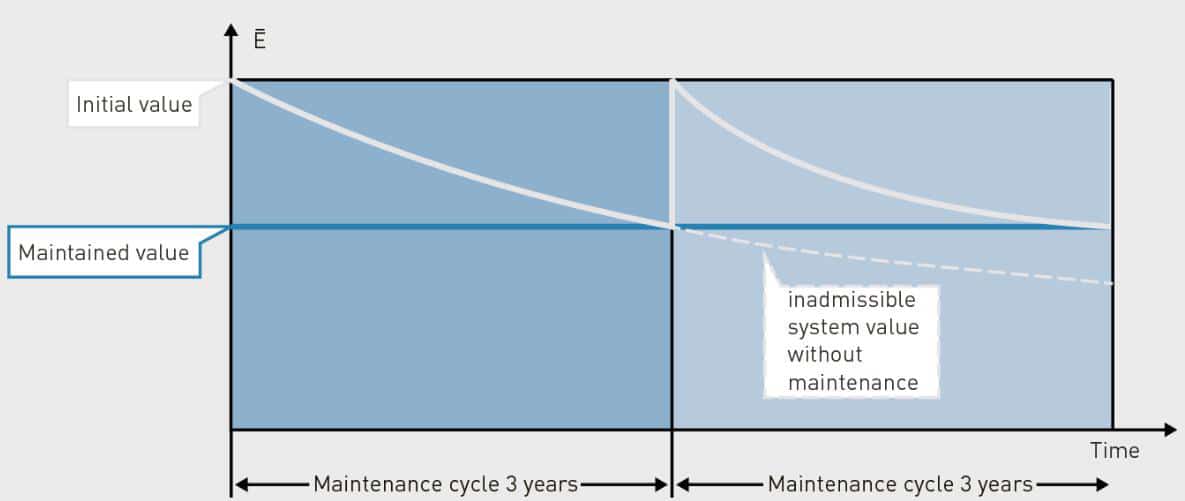
How to check maintenance factor for lighting design?
The actual maintenance factor of lamps in lighting simulation is affected by many factors, and its result is determined by lamp lumen maintenance factor, lamp survival factor, luminaire maintenance factor and room surface maintenance factor. The formula for calculating the maintenance factor for indoor lighting design is as follows. The calculation formula for outdoor lighting (except tunnels and underpasses) is similar, except that the room surface maintenance factor is not considered.
MF = LLMF (Lamp Lumen Maintenance Factor) x LSF (Lamp Survival Factor) x LMF (Luminaire Maintenance Factor) x RSMF (Room Surface Maintenance Factor)
LLMF – Lamp Lumen Maintenance Factor or luminous flux maintenance factor
Lamp lumen maintenance factor (LLMF) represents the depreciation of luminous flux over time due to the aging of a light source or luminaire during normal operation (excluding external factors). This is defined as the ratio of the decayed luminous flux to the initial luminous flux.
For luminaires with integrated light sources, the luminous flux maintenance factor LLMF for the entire luminaire shall be determined. For lamps with non-integrated light sources, the luminous flux factor LLMF should be determined as the luminous flux maintenance factor of the light source (ie LED module). The luminous flux factor LLMF determined at the luminaire level will better reflect reality as it includes all components and operating conditions. Therefore, this is the default method for all types of fixtures. For LED luminaires, the luminous flux factor LLMF should be jointly confirmed according to the light source or luminaire replacement interval and the luminaire supplier’s IEC 62722-2-1.
Example for checking luminous flux factor: When installation lifetime is 10 years with 4 000 burning hours per year, this results in a total of 40 000 burning hours for the full project. As the provide specifications only provide the depreciation for 50 000 h, the depreciation after 40 000 h can be estimated based on below formula. Using the reference specification of L80 = 50 000 h, the estimated luminous flux factor LLMF = 0.84
Luminous flux factor, LLMF = 1 – 40000 / 50000 * (1-0.8) = 0.84
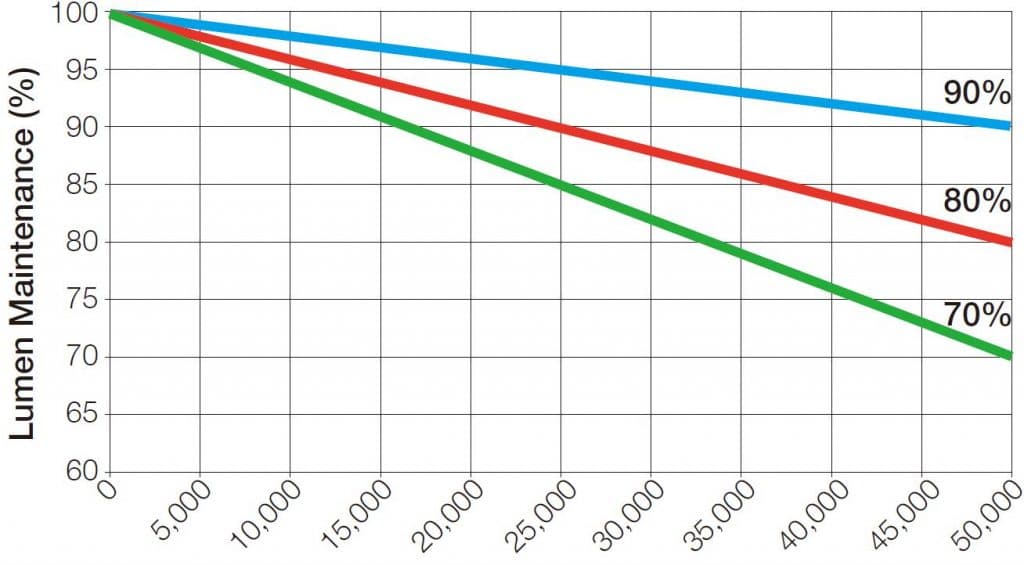
LSF – Lamp survival factor
Survival factor (LSF), which represents the probability that a light source and/or luminaire will continue to function at a given time. This factor should be based on the type of replacement regime (spot replacement regime and group replacement regime). In practice, the point replacement system is the default system to ensure safety. However, point replacement needs to track each luminaire in the project, which is bound to be a huge waste of resources. If it is a group replacement, we need to share the life of each component of the lamp to determine the LSF. Due to the performance of LEDs, some projects will consider the chances of LED damage to be low, so will default this factor to 1.
Example for checking survival Factors: When a project uses group substitution, individual components need to be checked. During the service life of the luminaire, the failure rate of the light source is 1%, which corresponds to 0.8% within 40000 hours of installation life (probability of failure Pf = 0.8/100 = 0.008), which corresponds to a probability of survival Ps of 0.992 (Ps = 1.0 – Pf = 100 – 0.008). The LED driver has a failure rate of 1% every 5000 hours, which corresponds to an overall failure rate of 8% at 40000 hours (probability of failure Pf = 8/100 = 0.08). This corresponds to a survival probability Ps of 0.92 (Pa = 1.00 – 0.08) over the lifetime of the installation. Since the driver has the lowest probability of survival, the survival factor LSF = Ps = 0.92.
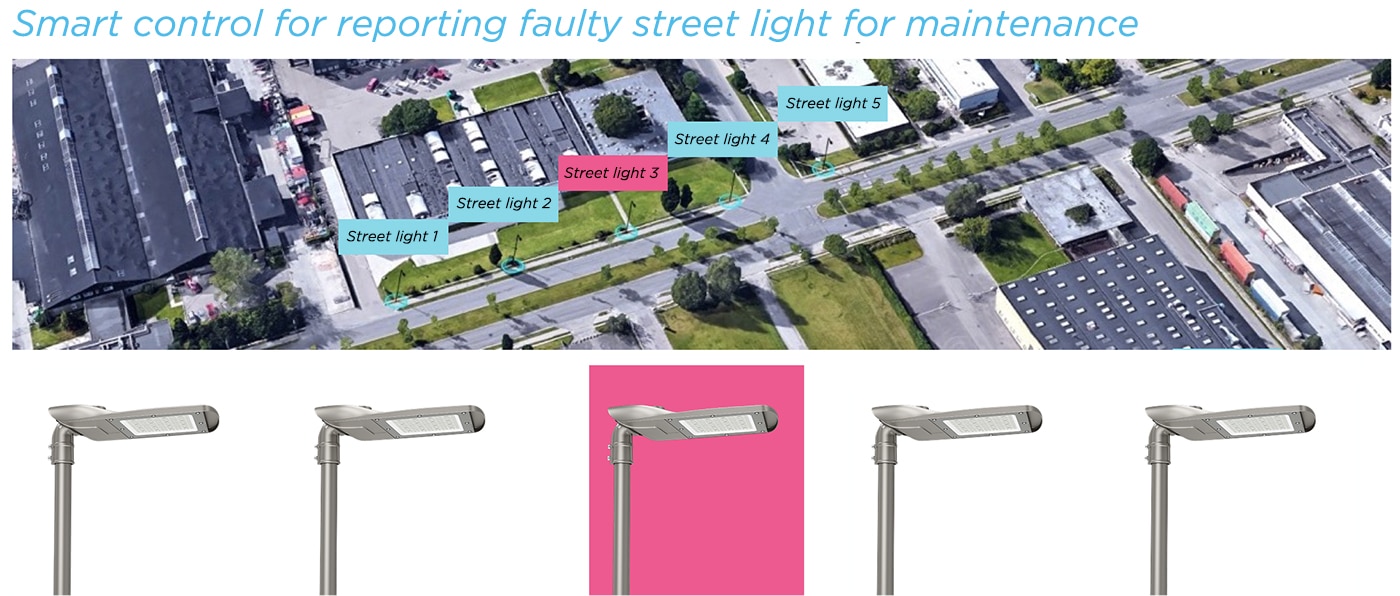
LMF – Luminaire maintenance factor
Since LEDs typically have no upward-facing surfaces and are typically enclosed, this reduces the surface area for dirt to deposit on LEDs. For example, IP Class: IP66, Pollution category: Low, Luminaire cleaning interval: 3 years, by consulting the corresponding table, we get that the maintenance factor of the lamp should be 0.9.
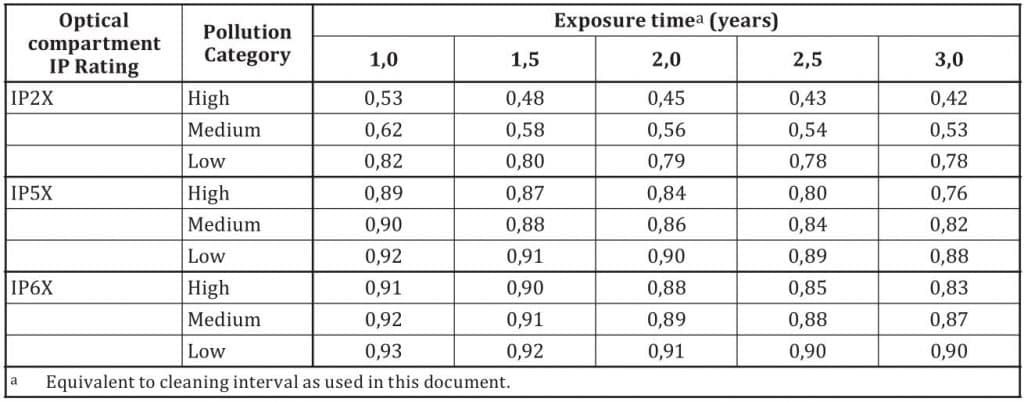
Luminaire maintenance factor (LMF) expresses the relative output of a luminaire due to the deposition of dirt on the light source, optics, or other components that affect the luminaire’s output. The luminaire maintenance factor(LMF) should be determined based on the three main factors of luminaire IP rating, environmental conditions and cleaning intervals as described in CIE 097:2005 (indoor luminaires) and CIE 154:2003 (outdoor luminaires). Here we mainly discuss how to confirm the maintenance factor of outdoor lamps (LED street lamps, floodlights) through the corresponding table. The structure and composition of LED lamps are different from standard lamps. The effect of dirt deposits is not as pronounced as with conventional light sources.
RSMF – Room surface maintenance factor
Room surface maintenance factor (RLSM) takes into account the depreciation of surface reflections. For indoor applications this refers to all relevant reflective surfaces such as walls and ceilings, while for outdoor applications this refers only to tunnel and underpass applications (this document does not cover, more information on tunnels and underpasses can be found in CIE 088:2004). For outdoor lighting (except tunnels and underpasses), the surface maintenance factor LSM is set to 1.00. Indoor surface maintenance factor LSF should be confirmed based on the principles described in CIE 097:2005. This factor is based on luminaire distribution, reflectivity of major surfaces (ceiling/wall/floor), environmental pollution category and surface cleaning interval. The confirmation of its maintenance factor can refer to the attached table CIE 097:2005, and we will not expand it here due to space limitations.
Examples to check maintenance factor for lighting design
A maintenance factor shall be used in the lighting design to ensure that the luminaire will meet the corresponding lighting requirements throughout the agreed lifetime of the installation when the installation is maintained in accordance with the prescribed maintenance schedule. In the previous chapter, we introduced in detail the various factors that affect the maintenance factor. Here, we will give an example of the determination of the maintenance factor in practical applications, hoping to deepen the understanding of the calculation of the maintenance factor.
Tables for checking every factor refers to the maintenance factor
Tables C.1, C.2, C.3 and C.4 of indoor Luminaire maintenance factor are shown below, and outdoors are shown in table 1. Indoor Surface maintenance factor, see CIE 097:2005 or contact ZGSM for more details.
ZGSM different lighting solutions with different maintenance factors
Because maintenance factor is very important, we listed below the different street lamps and highbay lights with different MF in practical application, and how to optimally achieve the required lighting results with less energy consumption or fewer lamps.
For high bay lighting
| Example 1 – High bay light | Example 2 – High bay light |
| MF, standard L85@50,000 hrs rated luminaire: LLMF = 0.85 LSF = 1 LMF clean environment = 0.94 RSMF clean environment = 0.95 MF = 0.85 x 1 x 0.94 x 0.95 = 0.76 | MF, standard L90@50,000 hrs rated luminaire: LLMF = 0.90 LSF = 1 LMF clean environment = 0.94 RSMF clean environment = 0.95 MF = 0.9 x 1 x 0.94 x 0.95 = 0.80 |
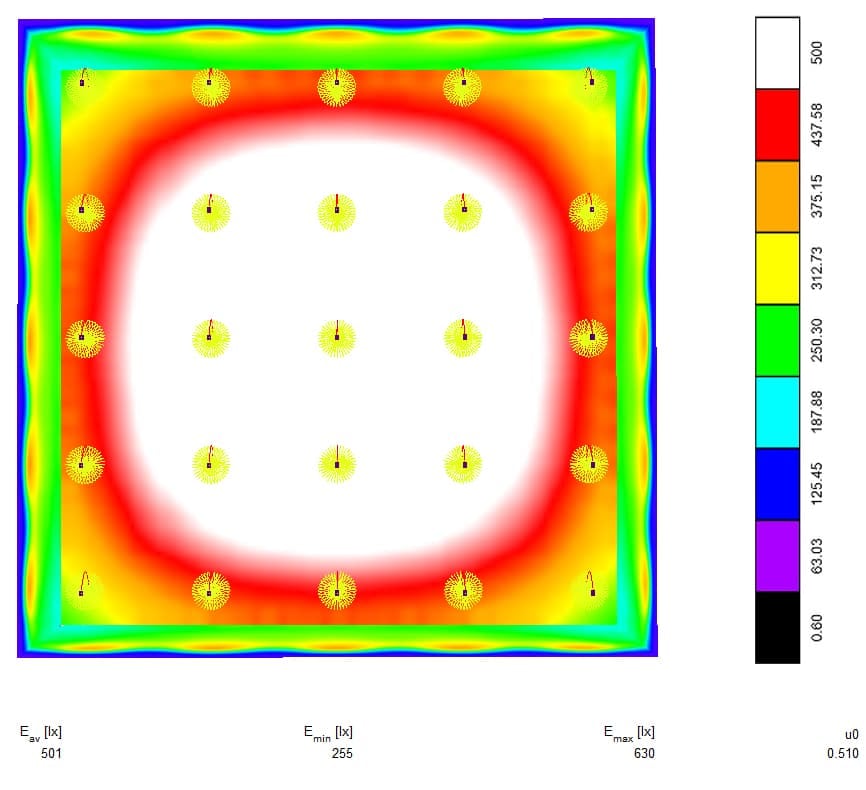 | 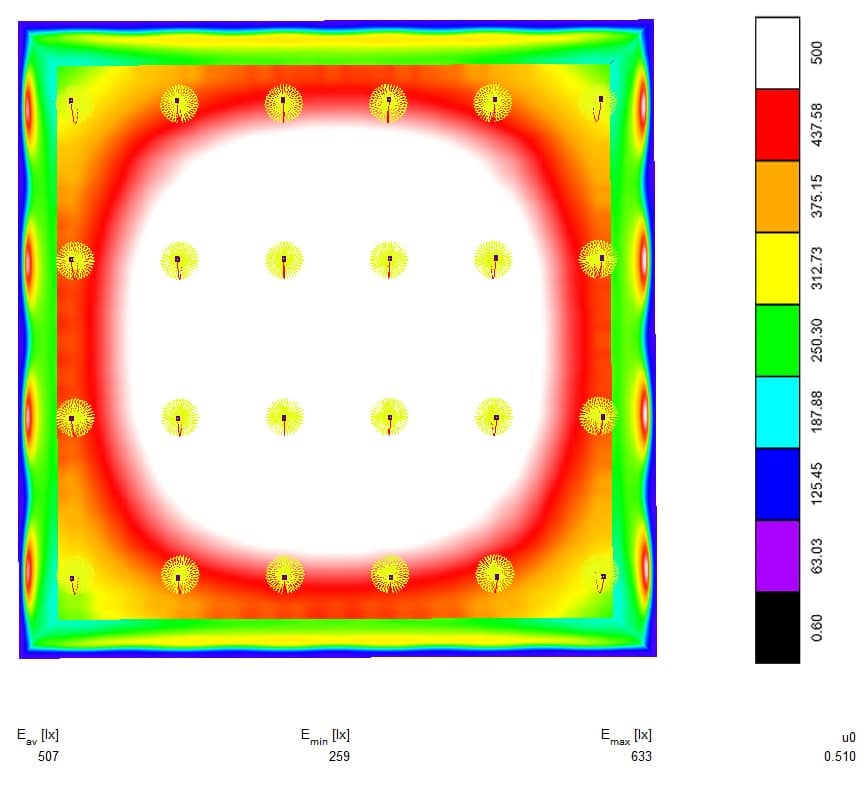 |
| Dialux results: 25 pieces 100W highbay, 501lux, U0=0.51 | Dialux results: 24 pieces 100W highbay, 507lux, U0=0.51 |
For street lighting
| Example 1 – Street light | Example 2 – Street light |
| MF, standard L70@100,000 hrs rated and 0.5 % per 5 000 h driver failure rated IP66 luminaire at low pollution environment and 2 year cleaning interval: LLMF = 0.82 at 60,000 hrs LSF = 0.95 LMF low pollution environment = 0.88 MF = 0.82 x 0.95 x 0.88 x 1.00 = 0.69 | MF, standard L90@100,000 hrs rated and 0.5 % per 5 000 h driver failure rated IP66 luminaire at low pollution environment and 2 year cleaning interval: LLMF = 0.94 at 60,000 hrs LSF = 0.95 LMF low pollution environment = 0.90 MF = 0.94 x 0.95 x 0.91 x 1.00 = 0.81 |
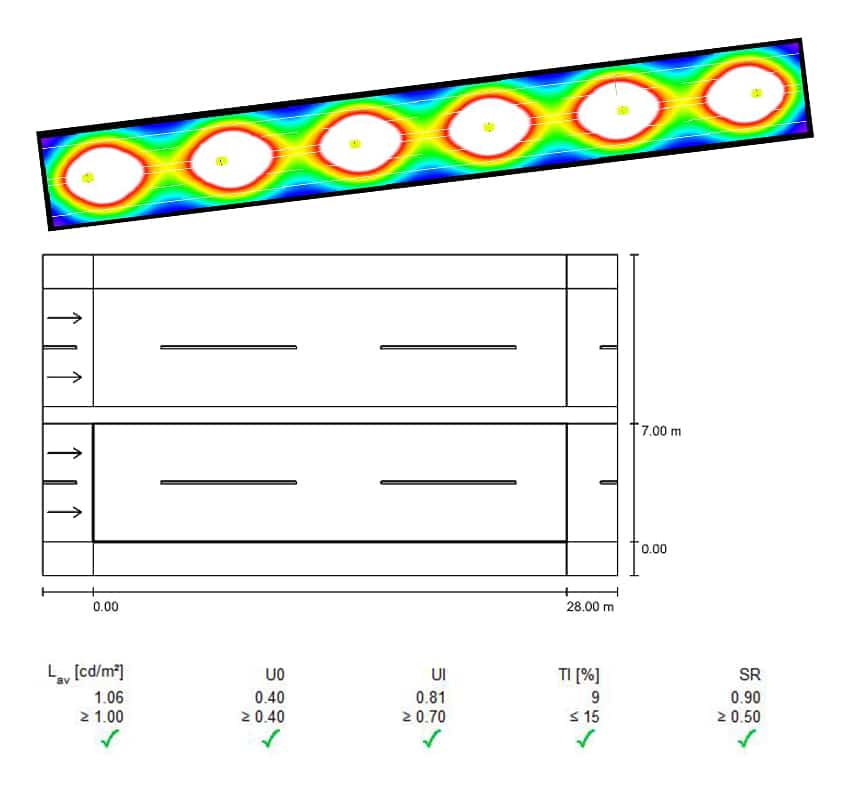 | 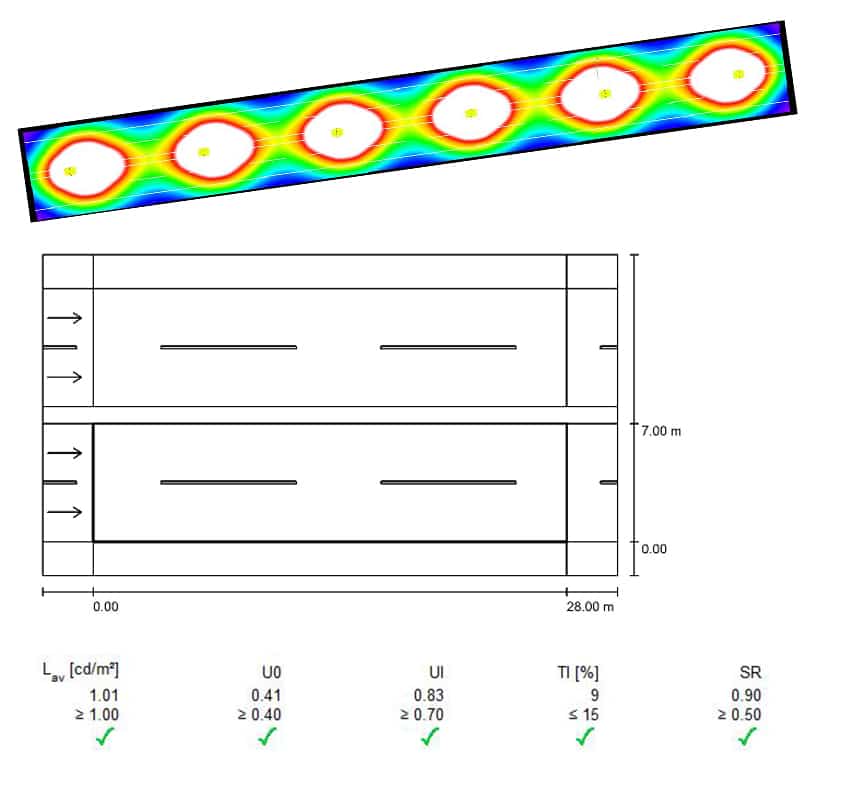 |
| Dialux results: 50W street light, 1.07cd/m2, U0=0.40 | Dialux results: 40W street light, 1.01cd/m2, U0=0.40 |
Summary
This article mainly describes the meaning of maintenance factor, its purpose, and the meaning of the four factors related to maintenance factor confirmation: Lamp lumen maintenance factor, lamp survival factor, luminaire maintenance factor and room surface maintenance factor, and how we should go to confirm these factors. From these aspects, we know that these are factors that affect the maintenance factor which cause the light decay of the lamp, as well as the IP level of the lamp structure, the degree of environmental pollution, the lifetime of the light source and the power supply. Generally speaking, lamps with high IP level and relatively clean environment which cause slower lamp pollution, good quality of LEDs and power supply. The higher maintenance coefficient, the less illuminance (brightness) that needs pre-compensation, and better economic benefits.
From this, we also know that when the same lamp is used in different installations, its input parameters are different, resulting in a large difference in the maintenance factor. Here maintenance factor and lumen maintenance factor are not the same concepts, we also need to consider other three factors, so that accurate maintenance factors can be obtained and implemented accordingly in the lighting design. If you want to know more, you can contact us at any time.
Related Products
Related Blogs
Related Cases
People also ask
Author introduction

Hello Customers,
My name is Taylor Gong, I’m the product manager of ZGSM Tech. I have been in the LED lights industry for more than 13 years. Good at lighting design, street light system configuration, and bidding technology support. Feel free to contact us. I’m happy to provide you with the best service and products.
Email: [email protected] | WhatsApp: +8615068758483

